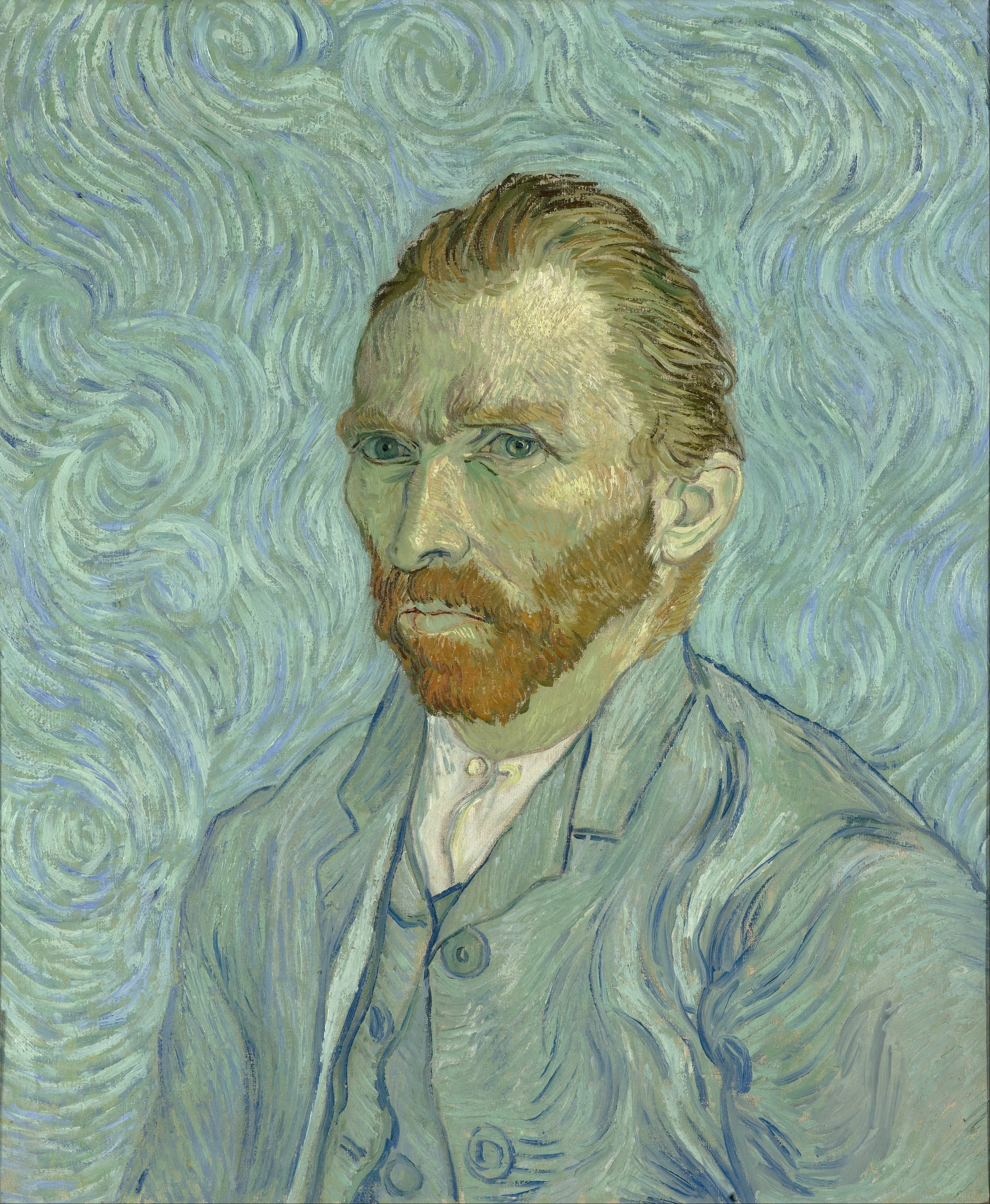*Take two on my attempt to see Loving Vincent: On a Friday afternoon post orgo final, I set out to the Michigan Theater once again to see Loving Vincent, this time accompanied by a couple friends I picked up along the way. Three tickets to Loving Vincent and here we go.*
Loving Vincent is the world’s first ever film to be entirely painted. This was not done to set a record, but rather because the creators believe that you cannot truly tell Vincent’s story without his paintings.
“We cannot speak other than by our paintings.”
-Vincent van Gogh
Director Dorotea Kobiela followed her passion for painting until she the luster of the film industry drew her away. Then, realizing her passion once again, she merged film with painting to create a one of a kind production. After filming actors in Gdansk and Wroclaw, a team of over 100 artists literally painted over the 65,000 plus frames one by one, and over a 1,000 canvas and years of intensive labor, this story came to life.
I felt as though the movie was centered around his death. Likewise, the character of Margaret, played by Saoirse Ronan, inquires why Armand, played by Douglas Booth, is far more invested in learning about Vincent’s death than his life. Why is it that we focus on his death but seem to pay less attention to his life? Death is strange. It’s strange that we scale a life based on a timeline. By this, I am bringing attention to the first fact you typically learn about someone: their birth date and their death date. Look at Wikipedia. Look at any reference on someone. It gives you a range of years to start the biography. A quantity almost makes a life seem measurable when with all the layers to someone oh my god how can we even try measure a life?
When people die, the living replay memories from the life of whom they mourn until slowly these memories fade. Memories faded and mantras forgotten. After time, the memory of person all together dwindles, sort of an object permanence effect in a way; this is one of the most terrifying aspects about dying. With artists, however, they become significant when they die. That birth-death span seems irrelevant. Think about it. How many people knew Vincent van Gogh when he was alive versus how many people know Vincent van Gogh now? When artists themselves are gone, a message from them begins through their masterpieces. Granted the way Vincent thinks, would he have considered himself alive during that year range we see on Wikipedia? Or has he finally found life through his paintings? Strange it is.
Perhaps this is why the movie focused around his death, because leaving behind only his work focused the world’s attention on his purpose, thus it was the gateway that enabled Vincent van Gogh to finally teach the world his message all along. What is this message? Surely, I do not know. Though, when you study a painting of his, then maybe you will know. This seems to hold pattern with any kind of artist: Beethoven, Elliott Smith, Albert Einstein, Vincent van Gogh. Wherever their creativity lies, this is where they see something that the rest of us cannot, and they pour their whole life expressing that something.
I mentioned the creators said “you cannot truly tell Vincent’s story without his paintings.” Through his paintings, Vincent has been alive long after his death. You might even say he has found a way to immortality. If you think about it like this, we can all live forever…so in order to tell your story, what would your “paintings” be?



Leave a Reply
Be the First to Comment!